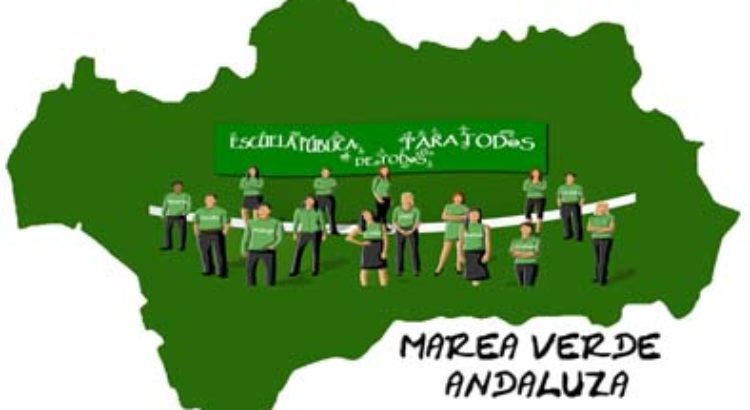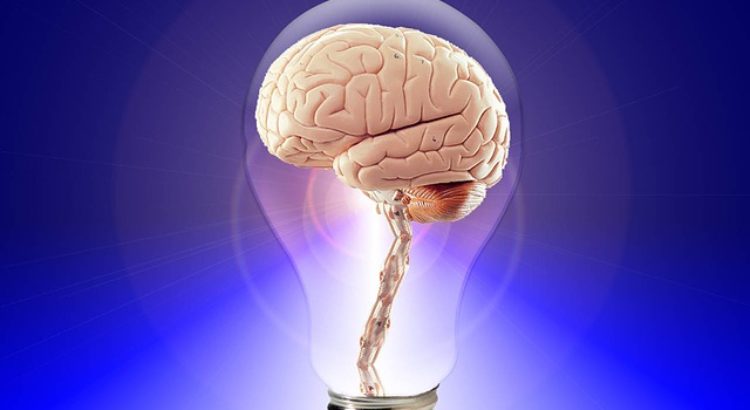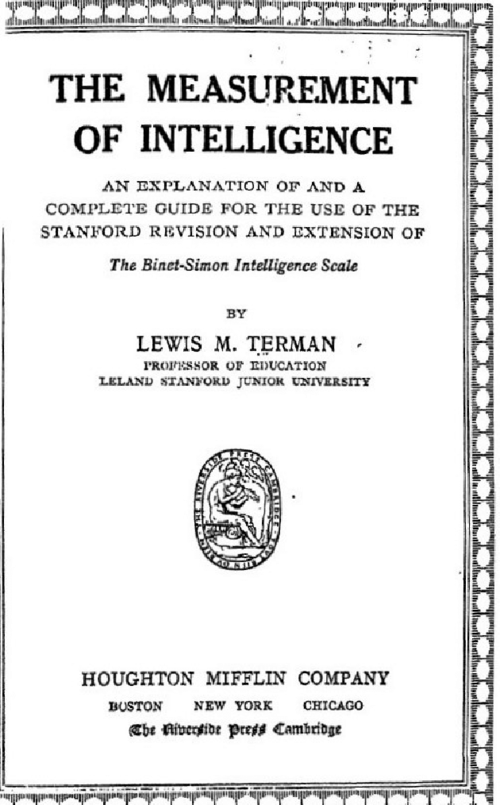Por: Pura Sánchez.
La educación pública andaluza está seriamente enferma. Gravemente aquejada de una enfermedad que,de forma global, podríamos llamar neoliberalismo. Por la aplicación de esta doctrina política y económica, la educación pública se ha infrafinanciado habitualmente; se ha ninguneado a su profesorado, reduciéndolo a mero recurso humano; se ha aumentado la jerarquización de los centros educativos, imponiendo los criterios de rentabilidad y productividad en su gestión; se han considerado a las familias y al alumnado clientela, en lugar de demandantes del derecho a la educación; se han convertido las instituciones educativas, desde la educación infantil hasta la universidad, en instrumentos para la conformación de una sociedad, la andaluza, cada vez más subalternizada y dependiente, por lo que se ha venido preparando a conciencia al alumnado para ser mano de obra barata y precaria, según las necesidades del proceso globalizador en el que se nos ha adjudicado al pueblo andaluz el papel de ser los camareros de Europa y los gendarmes de su frontera sur.
El diseño neoliberal antes citado, ejecutado con éxito por la LOE y la LEA, HA experimentaDO un avance con la llamada Ley Wert, la LOMCE, que no ha tenido necesidad sino de reformar algunos aspectos de las citadas leyes pesoístas. Este avance coincide, no por casualidad, con un recorte drástico de la financiación, con un despido masivo del profesorado interino y un aumento insoportable tanto de las ratios como de la jerarquización interna de los centros, en detrimento de la ya escasa participación y organización democrática de los mismos.
Ya configurada la educación como un eficaz instrumento al servicio de la segregación social y la profundización de las desigualdades, a la educación pública se asigna el papel de instruir y adiestrar a los hijos de las depauperadas clases medias y de la fragmentada clase obrera, todas ellas convertidas cada vez más en precariado, mientras la educación privada y privada concertada se reserva el de formar a las élites. Así, la educación privada concertada quedará intocada por los recortes presupuestarios, gracias a la cobertura legal de ser considerada educación “sostenida con fondos públicos” y justificado su mantenimiento por la defensa de un inexistente derecho de las familias a elegir el tipo de educación para sus hijos, “derecho” que debe ser generosamente financiado por la administración pública y que supone un instrumento más de desvío de renta de las clases más necesitadas de recursos a las menos necesitadas. Una maniobra extractivista más de la economía neoliberal.
Al análisis del contexto global, es necesario añadir un análisis de la situación concreta que va a sufrir la comunidad educativa este septiembre en Andalucía, conjugando tanto elementos cuantitativos como cualitativos. Ha llegado la era Imbroda y el actual Consejero de Educación de Andalucía se perfila como un buen aprendiz y claro continuador de las políticas educativas del PSOE. Como buen discípulo, no solo pretende emular a sus maestros, sino, llegado el caso, superarlos, tanto en la reducción de unidades como en la eliminación, en la práctica, de la autonomía de los centros.
Los datos sobre la pérdida de unidades en la educación pública no ofrecen dudas sobre las verdaderas intenciones, tanto de la administración pesoísta como de la actual administración PP-C´s. Si en el curso pasado el gobierno pesoísta recortó 487 unidades (165 de Infantil y 322 de Primaria), el actual gobierno PP-C´s recortará 413 unidades este curso. Lo que viene a incidir en las 1000 aulas públicas recortadas en Andalucía desde 2011, con gobiernos pesoístas, cuyos desmemoriados responsables claman ahora en términos apocalípticos contra los recortes ejecutados por sus socios de gobierno hasta ayer mismo. Como se evidencia, ambas administraciones reman en la misma dirección. Hasta esgrimen el mismo argumento demográfico, para justificar el vapuleo que viene sufriendo la educación pública desde hace más de una década. Al parecer, el descenso demográfico solo afecta a esta y no a la privada concertada, que no ha dejado de crecer, siempre en zonas urbanas poco marginales y conflictivas. Justamente allí donde es un pujante negocio.
Pero no se trata solo del número de unidades suprimidas, mientras se dejan intocadas las altas e ilegales ratios, y de las evidentes consecuencias negativas para las condiciones laborales y profesionales del profesorado andaluz, sino también de analizar otro elemento, este cualitativo, que tiene que ver con la pavorosa pérdida de autonomía de los centros.
Viene de lejos la invocación de la autonomía de los centros educativos. Hay normativa legal que la avala y hay razones pedagógicas que la aconsejan. Incluso la poco recomendable OCDE la recomienda. Se trata de un rasgo que, al parecer, encierra en sí mismo grandes bondades y cuando se ha legislado sobre ella, en tiempos del PSOE en los gobiernos de la Junta de Andalucía, nada pareció que debiera causar recelo entre la comunidad educativa. Al menos, sobre el papel. El problema surge, sin embargo, cuando se desciende a analizar la realidad.
Ya los pesoístas pervirtieron el concepto con los ROFs, reglamentos de organización y funcionamiento de los centros; después, en tiempos de recortes, la administración educativa ha invocado la autonomía para que cada centro gestionara las sustituciones del profesorado, obligando a los equipos directivos a gestionar en realidad la miseria de los cupos horarios impuestos por la Administración y culpabilizándolos cuando no se cubrían las bajas del profesorado, o se cubrían tarde; más tarde, invocando también la autonomía, obligaron a los centros de Educación Primaria a decidir el horario de la asignatura de Religión y a los centros de Educación Secundaria a gestionar los horarios lectivos y no lectivos con criterios rayanos en la ilegalidad.
La ley Wert, intocada por el gobierno socialista de Pedro Sánchez a pesar de haberse comprometido a ello, ha supuesto una fuerte recentralización de la educación; se recentralizaron los currículos y se eliminaron las pocas atribuciones que les quedaban a los Consejos Escolares y los claustros, reduciéndolos a meros órganos consultivos, mientras se otorgaba “autonomía” a la dirección del centro, que pasaba a ser así la cúspide de una organización piramidal, donde la democracia y la participación brillan por su ausencia.
Pues bien, de la quema de la ley Wert en cuanto al principio de autonomía, habían logrado salvarse, hasta ahora, unas horas semanales, llamadas de libre disposición autonómica. Pero, en esta etapa imbrodiana, justamente esas horas son las que se intentan hacer desaparecer, sirviéndose de unas instrucciones, que vienen a modificar normativa de rango superior, una ilegalidad evidente hasta para un estudiante de primero de Derecho. ¿Cómo? Adjudicando, en la Educación Primaria, a costa de las horas de libre disposición autonómica, un horario a la asignatura de Religión que supone un aumento de la carga horaria en un 166%, en los tres últimos cursos; reduciendo a cero las horas dedicadas a la acción tutorial, lo que representará un grave problema, en centros sin orientador/a y con EOEs sobrepasados; aumentando la carga horaria en Inglés y Educación Física y creando una ¿nueva? disciplina: la oratoria. (Quizás esto último se le haya ocurrido al perspicaz consejero, escuchando las comparecencias públicas del consejero de Sanidad…)
Y todo ello porque ni a la administración pesoísta ni a la imbrodiana les interesan unos centros educativos regidos por el principio de autonomía, es decir, una institución escolar asentada en los pilares de la participación, la democracia interna y la soberanía pedagógica, que acoja una comunidad educativa organizada de forma horizontal, donde cada elemento tenga su papel y lo ejerza de forma colaborativa.
La soberanía pedagógica tiene sus requerimientos: debe partir de un conocimiento profundo y posicionado de la realidad social y cultural del entorno en el que se ubica el centro, debe seleccionar los saberes más relevantes para esa comunidad, debe acordar sus prácticas metodológicas. Para ello, se necesita una organización radicalmente democrática de los centros de enseñanza, no jerárquica, no vertical, que propicie la participación. Y es fundamental un profesorado formado en este concepto de institución escolar, que comprenda que la soberanía pedagógica no supone trabajar sin red, sino justamente construir una red que lo haga sentirse seguro y feliz en el desarrollo de su labor docente. Tal vez así los problemas, llamados de disciplina, se redujeran, la desconfianza mutua entre profesorado y familias despareciera, la jerarquización laboral y profesional del profesorado, tan irracional, tan innecesaria, se viera como un estorbo para el trabajo colaborativo. Y la institución escolar salvaría la enorme contradicción de querer inculcar valores que ella, como institución, no practica.
La educación pública andaluza está gravemente afectada, pues, de inanición financiera y de autoritarismo. Y ambos elementos se alían para procurar su destrucción. Sería deseable que se formara también una alianza entre quienes conforma la comunidad educativa- profesorado, alumnado, familias- para combatirlos. Sería deseable que se entendiera que la drástica destrucción de unidades es un problema que acabará afectando a todo el sistema, no solo a la Educación Infantil o Primaria; que las consecuencias laborales de dicha destrucción acabarán alcanzando a todo el profesorado, no solo al profesorado interino; que la pérdida de autonomía de los centros y su gestión con criterios empresariales nos acabará configurando como una ciudadanía pelele.
Porque es mucho lo que nos jugamos como sociedad y como pueblo, merece la pena intentar esa alianza, no solo para defender sino también para construir la educación pública que queremos para Andalucía.
Fuente del artículo: http://www.rebelion.org/noticia.php?id=260296







 Users Today : 77
Users Today : 77 Total Users : 35459543
Total Users : 35459543 Views Today : 114
Views Today : 114 Total views : 3417872
Total views : 3417872